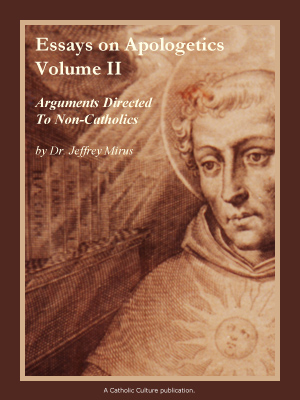No, mainstream religious orders aren't attracting vocations as fast as younger traditional orders
By Phil Lawler ( bio - articles - email ) | Oct 17, 2014
Let’s say you have two children. One of them, a little toddler, has put on 5 pounds in the past month. The other, a teenage boy, has also gained 5 pounds over the same span of time. Which one would you say is growing faster?
The toddler, obviously. It’s not surprising when a healthy teenager puts on 5 pounds. He has a good appetite and it’s football season. But for a toddler, a 5-pound gain is impressive. Both children gained the same amount of weight, but if you calculate the gain as a percentage of their body weight, there’s no comparison.
When the Center for Applied Research in the Apostolate (CARA) announced that the number of women religious in the US had dipped below 50,000 the report pooh-poohed claims that mainstream liberal orders are dying out while younger, more tradition-minded religious communities are booming. "One of the most striking findings regarding new entrants is that almost equal numbers of women have been attracted,” to the different types of communities, CARA said.
To be specific, the religious orders associated with the Leadership Conference for Women Religious (LCWR) reported 73 postulants, 117 novices, and 317 women in temporary vows. The more conservative orders aligned with the Council of Major Superiors of Women had almost identical figures: 73, 158, and 304 in the same categories.
But that doesn’t mean the two groups are growing at the same rate. The LCWR, as CARA notes, accounts for about 80% of the women religious in the US today. If the group that represents 4 out of 5 women religious produces just 1 out of 2 new vocations, you don’t need any special math skills to discern that the smaller group is growing at a faster rate.
Or maybe “growing” is the wrong word. If you make the extremely rosy assumptions that all 507 women in formation for LCWR communities persevere to final vows, and assume further than the LCWR orders will produce an equally large crop of new recruits annually for the next 60 years, at the end of that period there will be about 30,400 members (plus a few survivors) in the LCWR communities. But the LCWR currently represents about 40,000 religious. So those orders would actually be shrinking.
On the other hand, if you make the same assumptions about the orders in the Council of Major Superiors of Women, the 30,400 new members would represent nearly a tripling of the group’s current membership.
So now, again, are the two groups growing at the same pace?
All comments are moderated. To lighten our editing burden, only current donors are allowed to Sound Off. If you are a current donor, log in to see the comment form; otherwise please support our work, and Sound Off!
-
Posted by: koinonia -
Oct. 20, 2014 1:28 PM ET USA
There are spiritual reasons for recogninizing reality, but there are practical, financial, and political ones as well. The mainstream orders are struggling with age, vitality and numbers. The traditional-type orders are struggling with issues like lack of space, tight quarters, inadequate facilities etc. They are growing rapidly. The families that produce these vocations are also large and growing. If the spiritual issues prove elusive, the practical ones will inevitably demand attention.
-
Posted by: Gil125 -
Oct. 17, 2014 7:27 PM ET USA
I'm glad you wrote this. I read the initial report twice, because the discrepancy was perfectly obvious. I wondered how CARA could have missed it, but concluded that they probably hoped we all would. In case it wasn't obvious to everybody, as I say, thanks for pointing it out.








